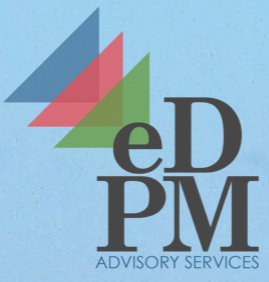Litigate or Settle? Info You Need to Make Case Decisions: eDiscovery Best Practices, Part Four
This overview is the final of a four-part series, presented separately. For your reference, the previous articles can be accessed through these individual links: Part One; Part Two; Part Three.
Series Conclusion
The litigation world has changed dramatically in the past fifty years. In 1962, 11.5% of federal civil cases were disposed of by trial. By 2002, that figure had plummeted to 1.8% despite a five-fold increase in the number of civil filings. Those figures aren’t a result of increased eDiscovery activity (ABA Journal of Litigation 2004).
In state courts, a U.S. Justice Department study of the nation’s 75 largest counties found that nearly 97% of civil cases are settled or dismissed without a trial. The number of cases going to trial fell from 22,451 in 1992 to 11,908 in 2001, according to the same study. (source: Bureau of Justice Statistics)
But is eDiscovery the culprit? Yes, eDiscovery is expensive but numerous other factors, especially ADR and extended motion practice, have been much greater contributors to the reduction in cases going to trial. And current trends in early case assessment and early data assessment, much more than the overall costs of eDiscovery, may be playing a higher part in ongoing reduction of trials than previously understood.
The decline in the number of trials does not necessarily imply a reduction in access to justice. eDiscovery is still an effective tool in ADR and class actions and MDL practice, which has replaced much of standard litigation, a factor which does not appear in traditional trial statistics.
Litigation as a process to preserve legal remedies appears to be as robust as ever. The modern difference is the traditional jury trial is no longer the final resolution of the process.
So, what do you think? Does your firm have a formal process for deciding whether to litigate or settle a case? As always, please share any comments you might have or if you’d like to know more about a particular topic.
Editor’s Note: Tom O’Connor is a nationally known consultant, speaker, and writer in the field of computerized litigation support systems. He has also been a great addition to our webinar program, participating with us on several recent webinars. Tom has also written several informational overview series for CloudNine, including eDiscovery and the GDPR: Ready or Not, Here it Comes (which we covered as a webcast), Understanding eDiscovery in Criminal Cases (which we also covered as a webcast), ALSP – Not Just Your Daddy’s LPO, Why Is TAR Like a Bag of M&M’s? and eDiscovery for the Rest of Us (which we also covered as a webcast). Now, Tom has written another terrific overview regarding information you need to make case decisions titled Litigate or Settle? Info You Need to Make Case Decisions we’re happy to share on the eDiscovery Daily blog. Enjoy!

Sponsor: This blog is sponsored by CloudNine, which is a data and legal discovery technology company with proven expertise in simplifying and automating the discovery of data for audits, investigations, and litigation. Used by legal and business customers worldwide including more than 50 of the top 250 Am Law firms and many of the world’s leading corporations, CloudNine’s eDiscovery automation software and services help customers gain insight and intelligence on electronic data.
Disclaimer: The views represented herein are exclusively the views of the author, and do not necessarily represent the views held by CloudNine. eDiscovery Daily is made available by CloudNine solely for educational purposes to provide general information about general eDiscovery principles and not to provide specific legal advice applicable to any particular circumstance. eDiscovery Daily should not be used as a substitute for competent legal advice from a lawyer you have retained and who has agreed to represent you.









